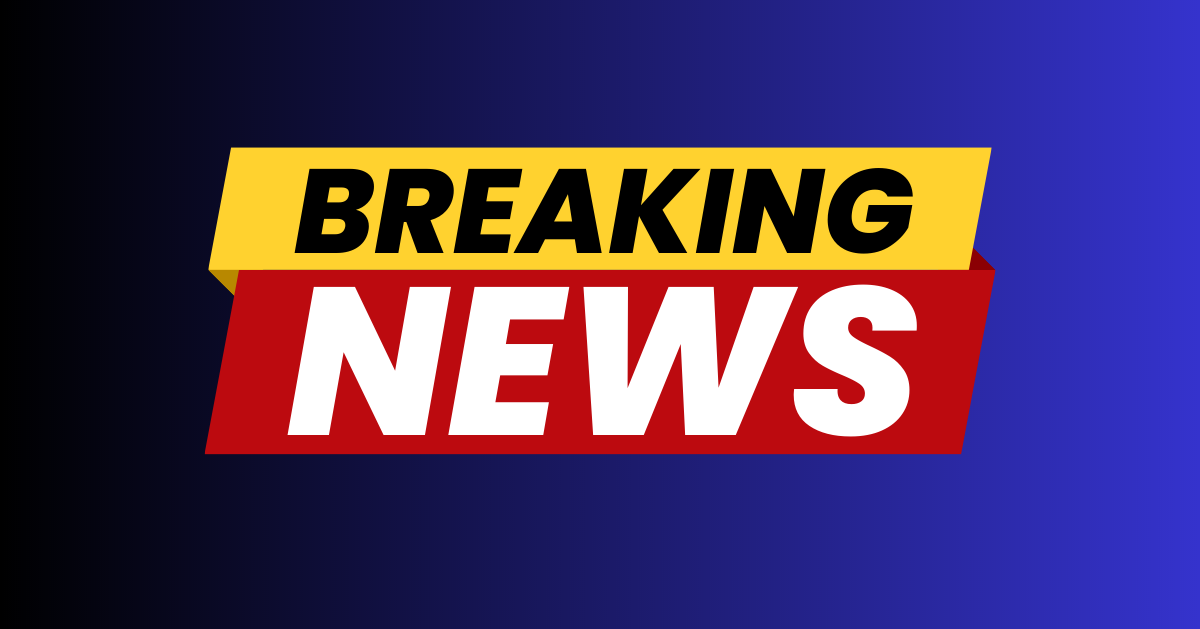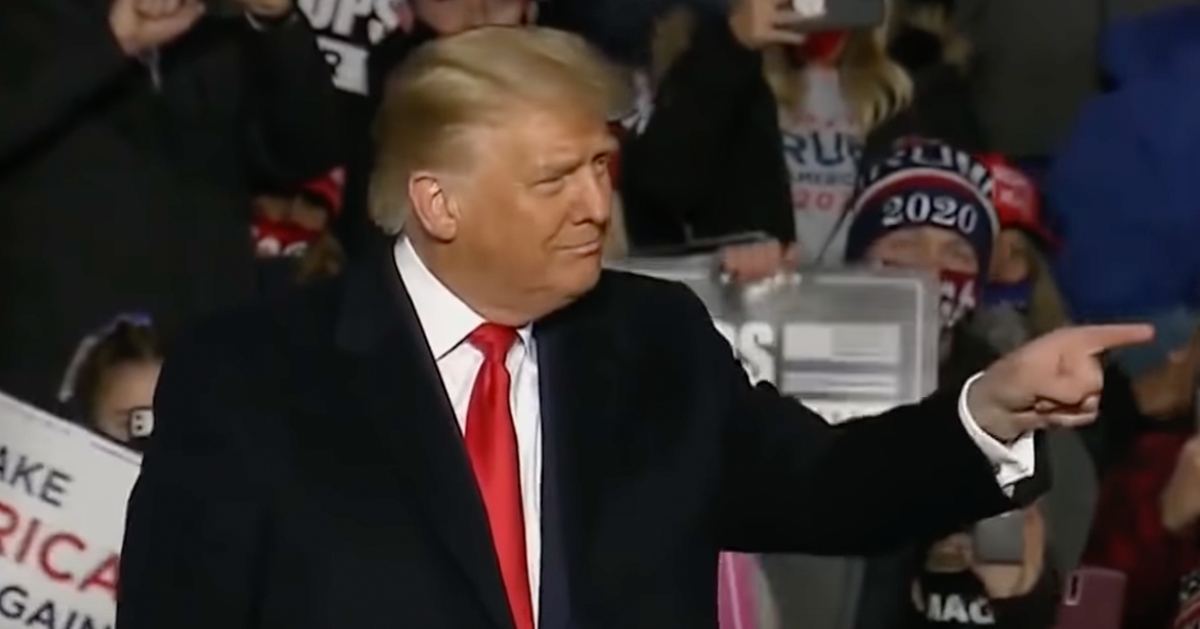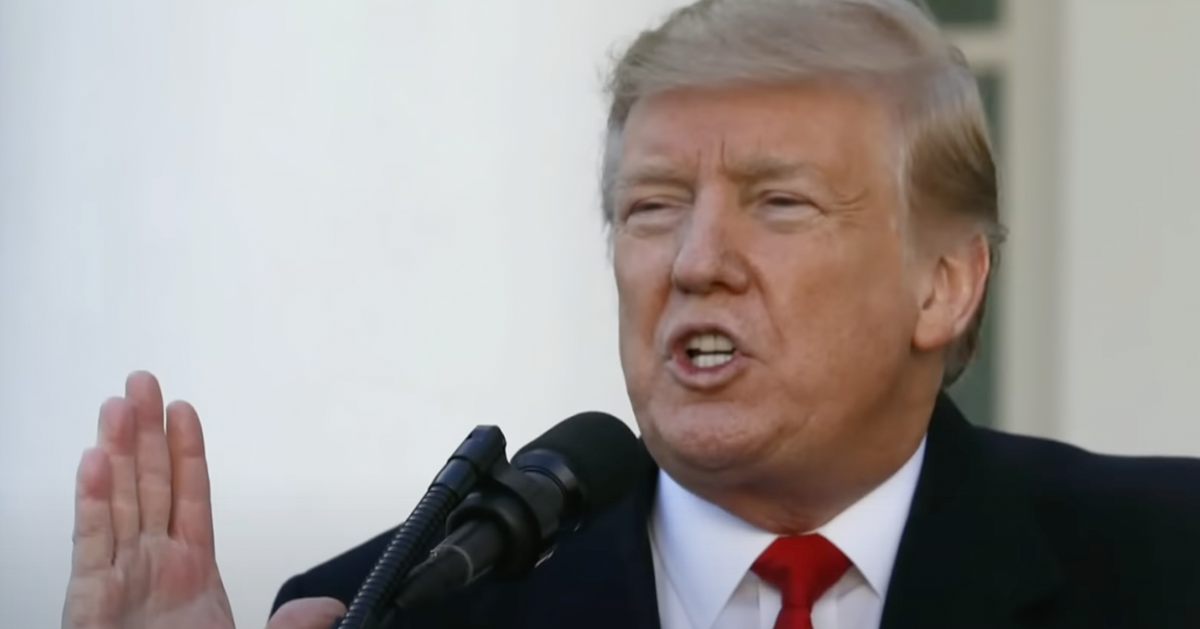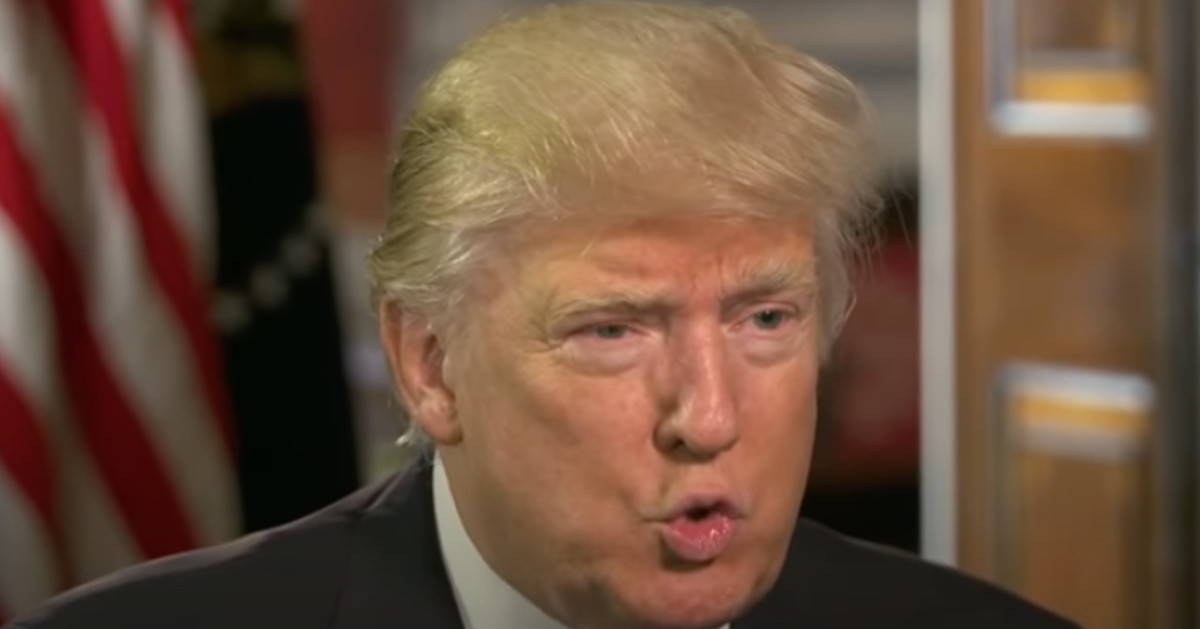Defense Secretary Pete Hegseth targets 2027 for US drone dominance
In a sweeping move to reshape the landscape of U.S. military operations, Secretary of Defense Pete Hegseth has announced an ambitious goal for the United States to achieve unmanned aerial system dominance by 2027, as Common Defense reports.
This bold initiative aims to eliminate bureaucratic barriers and cultivate a stronger, more agile approach to drone procurement and usage.
The announcement of this initiative, made on Thursday, marks a significant policy shift under the Trump administration. Hegseth emphasized that beating bureaucratic inertia will be key to ensuring the U.S. maintains its edge over adversaries who have harnessed cost-efficient drone technologies.
Emphasizing innovation, technical superiority
Hegseth's policy directive overturns previous limitations on drone procurement. It encourages a seamless integration of unmanned systems into military readiness. This directive came with a symbolic gesture as a drone delivered the signed policy memo on the Pentagon's lawn.
The new plan prioritizes domestic production, cost efficiency, and the integration of drone operations across military training programs. Hegseth has set sights on comprehensive drone integration in combat training by next year, which includes conducting force-on-force drone exercises.
This policy echoes a shift from a recent executive order issued on June 6, which pushed for greater drone usage and investment. Hegseth's plan builds on this by revising earlier policies that imposed restrictions on Chinese-made drones as a security measure.
Building existing policy, expertise
The Defense Department, under this directive, can now acquire and trial drones adhering to U.S. laws, moving away from prohibitive measures. This crucial shift empowers combat units to explore new technologies without previous legislative hurdles.
The policy further emphasizes grassroots-level innovation, including the potential use of 3D printing for drone components.
This approach aims to empower creativity at the local level, offering units the tools to address unique operational needs.
Significant roles have been assigned to the Defense Innovation Unit and the Defense Contract Management Agency to expand the "Blue List." This list includes vetted drones ensuring they meet security and performance benchmarks critical for battlefield applications.
Strategic deployment, future plans
Hegseth's directive tasks military branches with setting up agile formations for the deployment of drone technology. The focus is to achieve operational readiness for the U.S. Indo-Pacific Command by 2026.
The establishment of new specialized program offices to streamline drone acquisition aligns with fiscal plans for 2027.
This approach ensures that financial structures are in place to support robust drone production and integration into the military.
Creative funding strategies are under review to sustain domestic drone production. This aspect of the policy ensures longevity and competitiveness in the rapidly evolving unmanned aerial systems market.
Aiming for technological leapfrog
The Trump administration has expressed its full support for this initiative, highlighting its strategic importance in maintaining military supremacy.
Hegseth is clear in his expectations of technological advancements, aiming to surpass adversaries in the realm of small unmanned aerial systems.
"While our adversaries have produced millions of cheap drones, before us we were mired in bureaucratic red tape," Hegseth noted. He conveyed a sense of urgency in overcoming these challenges.
The directive underlines the necessity for risk-taking and cultural shifts within the Department, trusting officers to lead the charge. "Accelerating this critical battlefield technology requires a Department of War culture," Hegseth emphasized.





